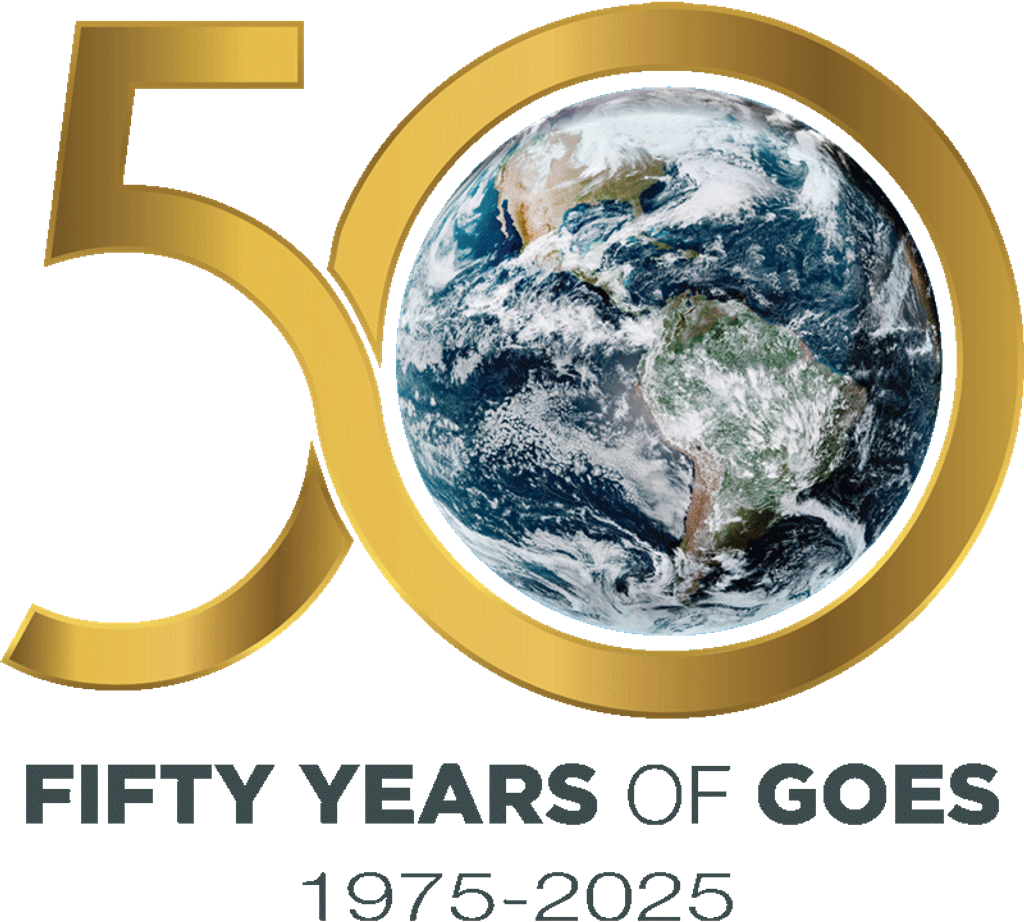1 min read
Spectrum of Blue Straggler Star in 47 Tuc

A star's light yields clues about its identity which are not revealed in an image. That's why astronomers use spectrographs to decode the light. A spectrograph disperses light into its component colors, providing information on a star's rotation velocity, temperature, and surface gravity. The spectrum above compares a computer-generated spectrum of a blue straggler star with one from the observation of the blue straggler in 47 Tucanae, taken by the Hubble Space Telescope's Faint Object Spectrograph. The model spectrum predicts the shape and depth of a blue straggler's spectral lines. Based on this comparison, the Hubble telescope observation clearly matches the model.
The Hubble spectrum was taken on Oct. 27, 1995.
- Object NameObject NameA name or catalog number that astronomers use to identify an astronomical object.47 Tucanae, NGC 104
- Release DateOctober 29, 1997
- Science ReleaseHubble Catches Up with a Blue Straggler Star
- CreditR. Saffer (Villanova University) and NASA
Related Images & Videos

Rejuvenated Stars, called "Blue Stragglers," in Globular Cluster 47 Tucanae (left)
The core of globular cluster 47 Tucanae is home to many blue stragglers, rejuvenated stars that glow with the blue light of young stars. A ground-based telescope image (on the left) shows the entire crowded core of 47 Tucanae, located 15,000 light-years away in the constellation...
Share
Details
Claire Andreoli
NASA’s Goddard Space Flight Center
Greenbelt, Maryland
claire.andreoli@nasa.gov

































